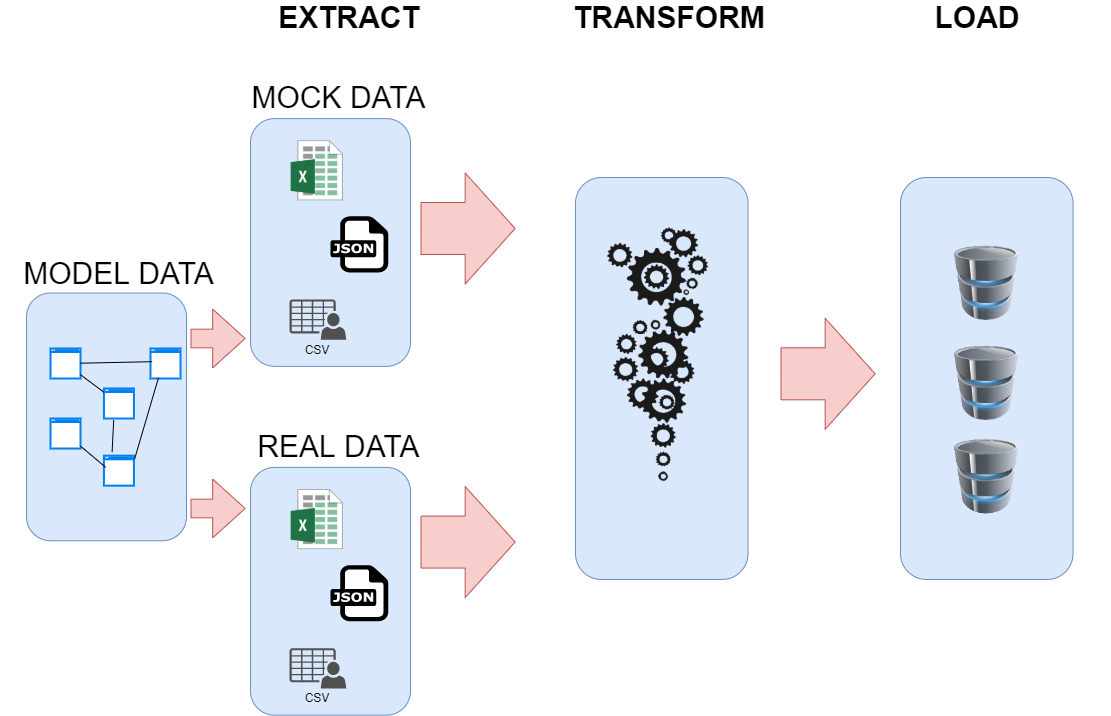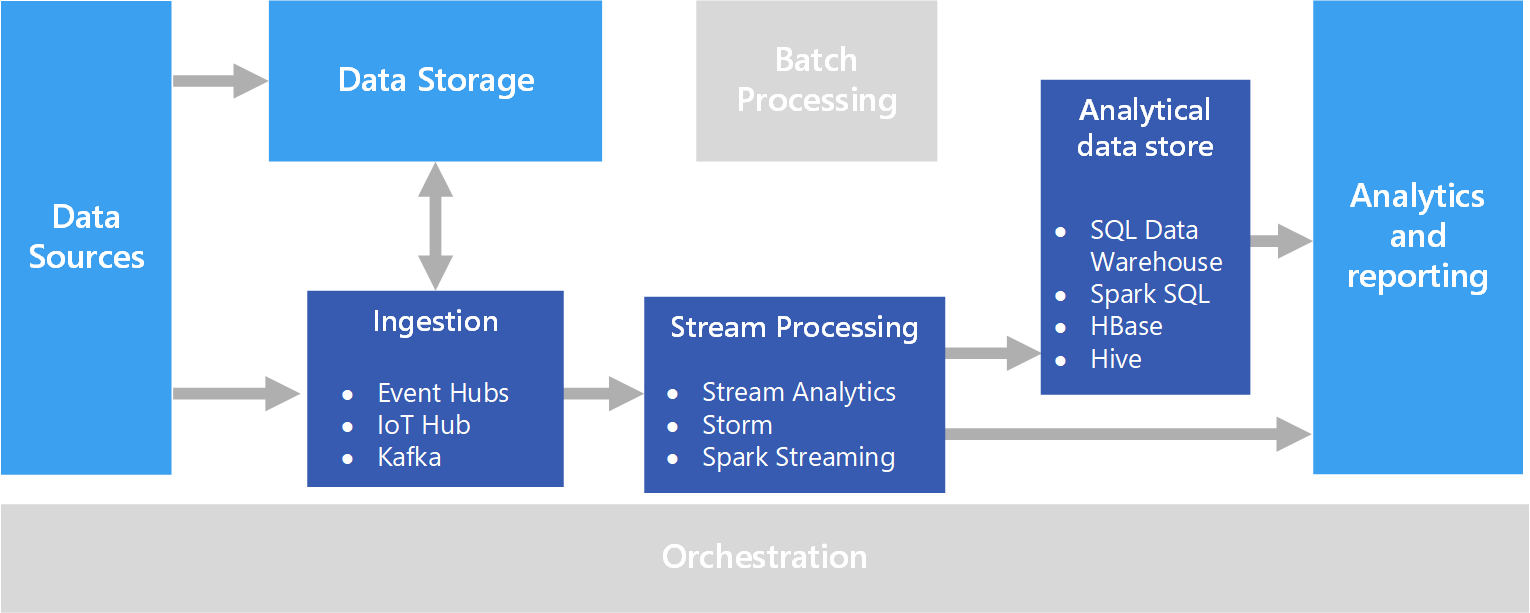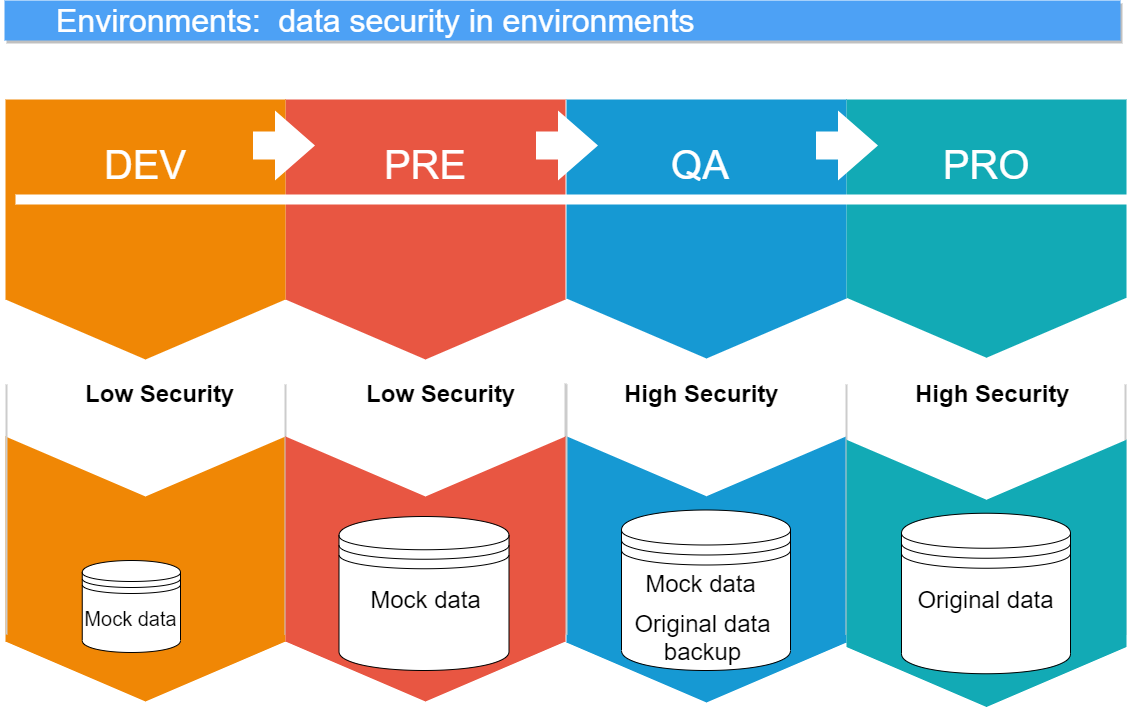In this video we will see a very useful tool to create a large volume of simulated data based on a data model to perform data ingestion and processing in ETL processes.
Remember - In object-oriented programming, mock objects are simulated objects that mimic the behavior of real objects in controlled ways, most often as part of a software testing initiative. A programmer typically creates a mock object to test the behavior of some other object, in much the same way that a car designer uses a crash test dummy to simulate the dynamic behavior of a human in vehicle impacts. The technique is also applicable in generic programming.
Within a department for the treatment of large volumes of data, it is normal to find ourselves with the need to carry out a proof of concept, process ETL (Extract, transform and load), saturation test, search for vectors with a database with the same data model as the production model but with data they are not real.
The instructions, although obvious, will be similar to the following:
- That the data model is exactly the same both in data type and assigned length in the production databases.
- That they are in the same language,
- Range of zip codes in case you need it.
- Same telephone prefixes in case you need it.
- Geo coordinates within the area contemplated for the analysis.
With these criteria we can see that the objective is basically to have a volume of data according to the requirements, similar to that of production, but that does not represent a risk in case of accidental exposure.
GOOD PRACTICES - If we choose to use a data source created with simulated data, it is very important to follow the following recommendations:
- Define and report the use of these data sets within the work team
- Document the process of creation, use of libraries and publish it internally.
- Inform the security teams so that there are no misinterpretations about our data sources as they will have the same data model.
https://en.wikipedia.org/wiki/Mock_object
https://faker.readthedocs.io/en/stable/locales.html
https://faker.readthedocs.io/en/stable/providers.html
https://empresas.blogthinkbig.com/python-5-formas-de-cargar-datos-csv-proyectos-machine-learning/
- count
- name
- address
- color
- phone
- nif
- ssn
- cp
- count_bank
Obtain a csv file with 5,000,000 records, similar to the following example:
"2","Nacho Bravo Amor","96375901J","Cuesta Xiomara Pacheco 68 Apt. 43 Navarra, 44752","cp: 96443","#d3890a","+34 738 20 56 37","896-38-3043","count_bank: ES4556922072448745586291"
To meet the objective we will use Python as the programming language. As a library for its creation the so-called Faker
https://github.com/joke2k/faker
pip install Faker
from faker import Faker
fake = Faker()
print(fake.name())
print(fake.address())
print(fake.text())


